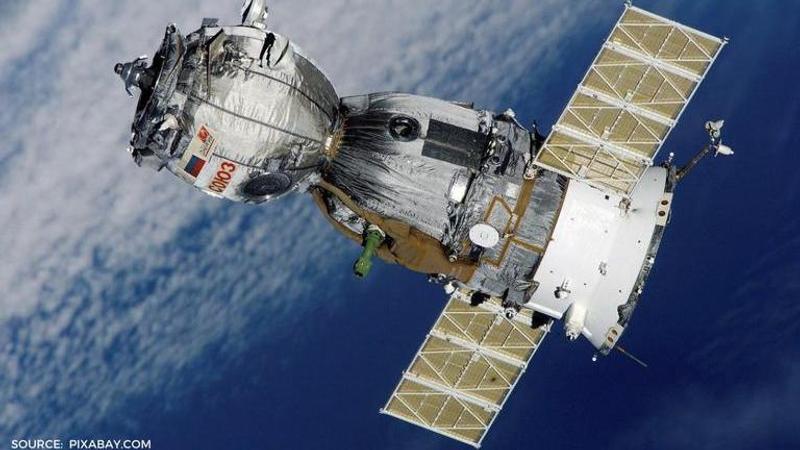Published 18:30 IST, December 2nd 2020
What are artificial satellites & why don't they drop out of orbit and fall back to Earth?
Artificial satellites are among the top scientific and technological achievements of human civilisation. Here's all you need to know about how they work

Artificial satellites are among the most technologically advanced inventions by human civilization. These artificial satellites have allowed humans to have better communication, better knowledge about space - and most importantly, the largest among them have shown that it is possible for life to exist in the inky black void for extended periods.
So what are satellites?
Satellites are objects in high orbit around a planet. While innumerable natural satellites exist, including the Moon, humans have also launched artificially designed satellites to space. Gravity dictates the equation of a heavenly body and its satellites. The solar system's two most massive planets - Jupiter and Saturn - have its largest (the Jovian moons) and most numerous (4) natural satellites respectively.
Artificial satellites
As per NASA's website, artificial satellites were invented in the middle of the 20th century. It is a space probe that orbits around a planet and has different purposes. The first-ever artificial satellite was Sputnik, a small beach ball-sized probe from Russia which was launched on October 4, 1957. On November 3 of the same year, a bigger size satellite Sputnik 2 with a dog named Laika made history. The US launched its first satellite Explorer 1 on January 1, 1958. With time, the satellites grew bigger and became more advanced, Russia launched its first satellite which served as a space station, named Salyut 1 in 1971. Followed by Skylab from the US and Mir from the Soviet Union. Currently, the International Space Station (ISS) which is a joint effort by space agencies around the world has been a home to humans for two decades.
With satellites, telecommunication, live TV broadcasts and long-distance phone calls became a reality and feasible. At present, these artificial satellites are used for internet services, military surveillance, and also for detailed research in space, with the ISS housing numerous labs.
Parts of satellites
According to NASA, an artificial satellite has four parts. The first one is the power system which has a solar or nuclear core that powers the satellite, a component that controls its orbiting path. Then there comes an antenna which sends and receives information and a payload which collects information like a camera or a particle detector.
Also read: ISRO Releases Draft Policy To Boost Private Players' Participation In Space Communications
Why don’t the satellites fall on the Earth?
Despite the Earth's gravitational pull, satellites don't immediately fall back on Earth as their angular velocity from launch is sufficient that the gravitational pull serves more as a string that keeps the body from being ejected out of orbit. Over time, however, many satellites lose their velocity and face degradation of their orbit, eventually burning up in the atmosphere.
Updated 18:30 IST, December 2nd 2020



